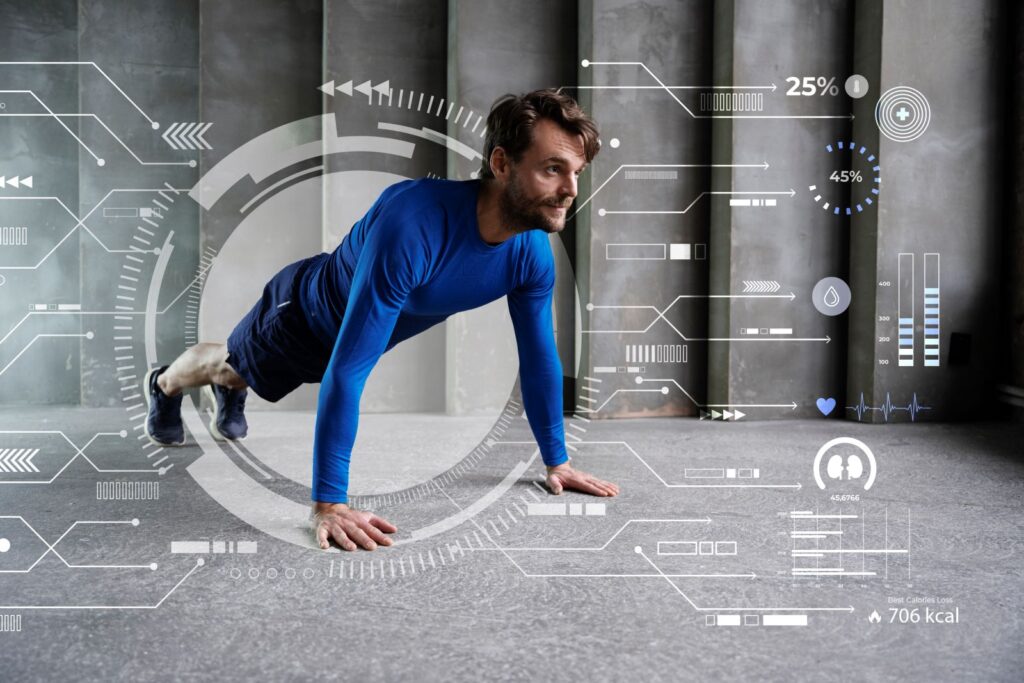Lumin Fitness is a gym that swears by the value of good trainers. Join the ever-enthusiastic Chloe, or Rex, who preaches relentless training and rejects shortcuts. However, if these two sound too intense, Emma and Ethan are ready to bring calm confidence and gentleness to your workouts. What’s special, however, is that these trainers don’t really exist – at least not physically. They are virtual AI trainers who guide clients in a vigorous workout, displayed on large LED screens that surround the entire studio.
The first Lumin gym recently opened in Las Colinas, Texas. While the use of artificial intelligence in fitness is advancing, it is most often encountered in smart mirrors, fitness apps and smart cameras. However, Lumin Fitness bills itself as the first of its kind to fully integrate AI into the workout environment. The founders are convinced that their system of AI trainers will increase people’s motivation to start working out, even if they were previously disappointed by fitness facilities.
Lumin Fitness accommodates up to 14 people working out simultaneously, whether in individual or group training sessions. Sensors integrated into the LED screens track the movements of exercisers using algorithms and machine learning. This includes the use of the gym’s specialized equipment such as dumbbells, medicine balls, and jump ropes.
Members have the option to select their AI trainer via the gym’s smartphone app, depending on what type of voice and demeanor they prefer – strict, cheerful or relaxed. The audio instructions can be changed at any time and supplemented by the choice of music.
Despite the innovative AI-driven workouts, each class is currently supervised by a professional. However, Brandon Bean, co-founder of Lumin Fitness, clarifies that this person doesn’t necessarily have to be a trainer. He compares the role more to that of a flight attendant – being there when things go wrong, but the AI trainer is the one providing feedback and motivation.
During warm-ups and cool-downs, the LED screens show a faceless figure performing the movements as a visual aid. Once the workout begins, the screens display simple games for motivation. Members are asked to complete virtual tasks such as filling a basket with balls or building a tower.
Sports psychologist Andy Lane of the U.K.’s University of Wolverhampton believes this game-based approach could encourage people to reach their fitness goals. He notes that it’s all about activating dopamine receptors, creating the urge to want to repeat the workout.
With the help of sensors, the Lumin Fitness system tracks members’ performance, ensures they have the right posture, and prevents potential injuries.
The studio’s smartphone app tracks members’ progress over time and adjusts workouts accordingly. One regular customer, Olivia Lord, an assistant coach for the Texas Rangers baseball team, praises Lumin Fitness for its individualized approach and motivational virtual trainers.
While some people will always prefer face-to-face contact with human trainers, Neil Cronin, a professor of sports biology at the University of Jyväskylä in Finland, believes there is a market for AI-guided fitness. He notes that some people feel more comfortable interacting with machines, and he believes AI-assisted training could be an asset, not an inferior one.

